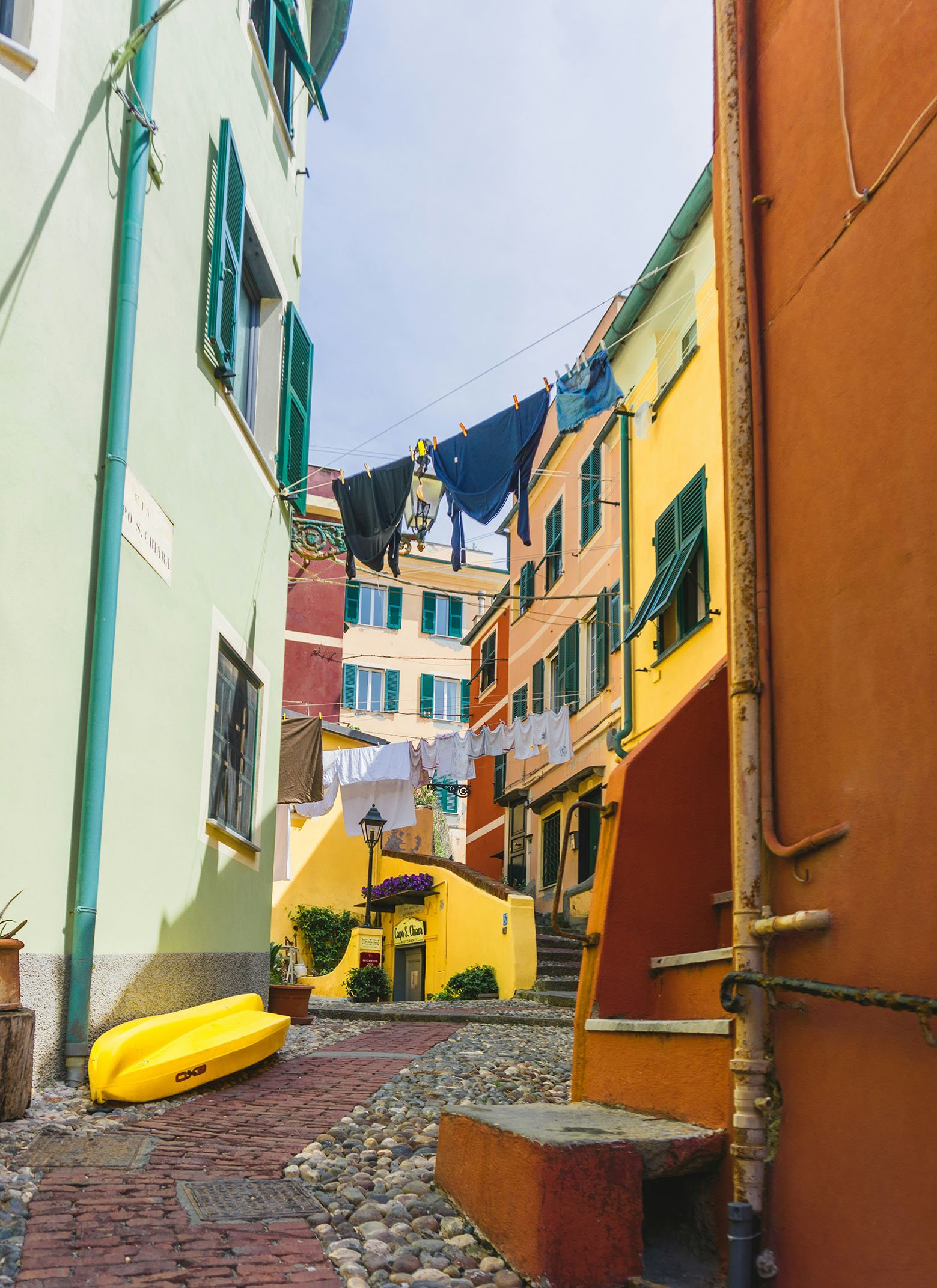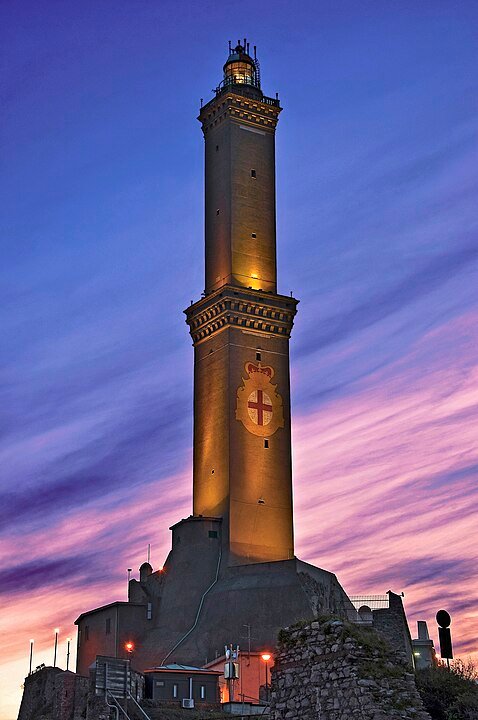Genoa features charming streets, rich culinary tradition, and vibrant culture.
Genoa (also known as Genova in Italian) is a gem on the Italian Riviera known for its rich maritime history and beautifully preserved architecture. This historic city offers a unique blend of the old and the new, making it a perfect destination for travelers who appreciate culture, art, and stunning coastal views.
While steeped in history, Genoa is anything but antiquated. The city has embraced modernity, boasting attractions like the Porto Antico, a vibrant port area filled with shops, restaurants, and cultural spaces. Don't miss the chance to indulge in local cuisine, particularly the famous pesto alla Genovese, which showcases the region's culinary delights. A visit to Genoa is incomplete without tasting its delicious focaccia, a beloved local specialty.
Highlights
Genoa Attractions

Aquarium of Genoa
Located within the historic Porto Antico, the Aquarium of Genoa stands as the largest aquarium in Italy, offering an unparalleled experience for visitors interested in marine life. Spanning over 30,000 square meters, the facility houses an impressive array of aquatic species, showcasing over 600 different types of marine life. From vibrant coral reefs to the mysterious depths of the ocean, the aquarium provides an immersive exploration of the world beneath the waves.

Boccadasse
Boccadasse is a captivating fishing village nestled within Genoa's vibrant shoreline, renowned for its stunning vistas and picturesque ambiance. This hidden gem, characterized by brightly colored houses that line the waterfront, offers an idyllic escape from the city's bustling energy. The charm of Boccadasse is amplified by its quaint streetways and narrow alleys, inviting visitors to wander and explore the area's unique character.

The Lighthouse of Genoa
The Lighthouse of Genoa, known locally as La Lanterna, stands as an iconic symbol of the city, guiding mariners safely into the harbor since the 12th century. This stunning structure, standing approximately 76 meters tall, was originally constructed as a watchtower but evolved into a lighthouse in the late 19th century. The lighthouse's distinctive design features a square base with a circular tower, topped with a lantern that emits a powerful beacon—the light can be seen from several nautical miles away, reinforcing its critical role in maritime navigation.
